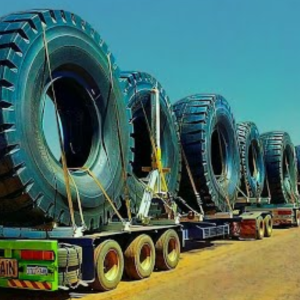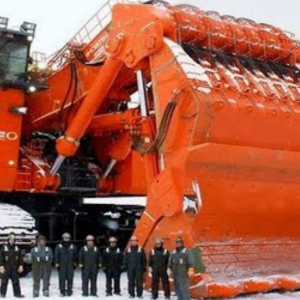During the Cold War, the Soviet Union was a leader in hydrofoil technology, with nearly 3,000 vessels built for Russian and Ukrainian waterways. Using hydrofoil wings to lift the hull out of the water and decrease drag, these streamlined passenger boats were capable of reaching speeds of up to 150 km/hr, an impressive feat for the time. (Text by Abandoned Beauties)
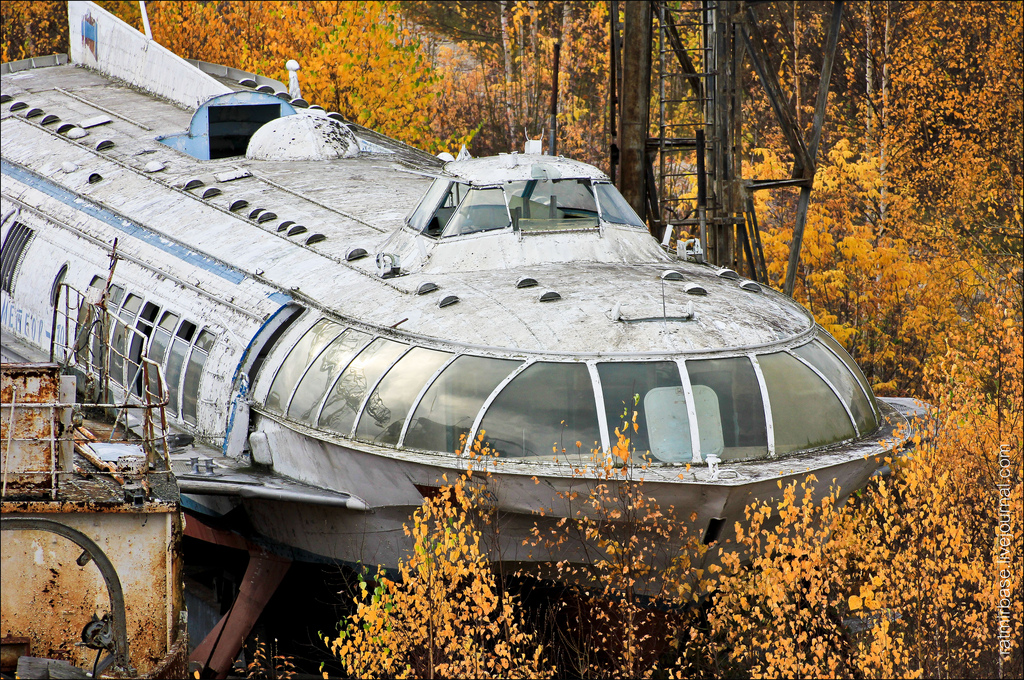
It looks like a prop from Star Wars doesn’t it? Trust the Soviets to have the coolest abandoned stuff lying around. During the cold war period and into the 1980s, this rusting behemoth was once part of a fleet of vessels which rose out of the water at high speed and were considered the heroes of the Russian riverways.
Lead image (c) Ratmir base
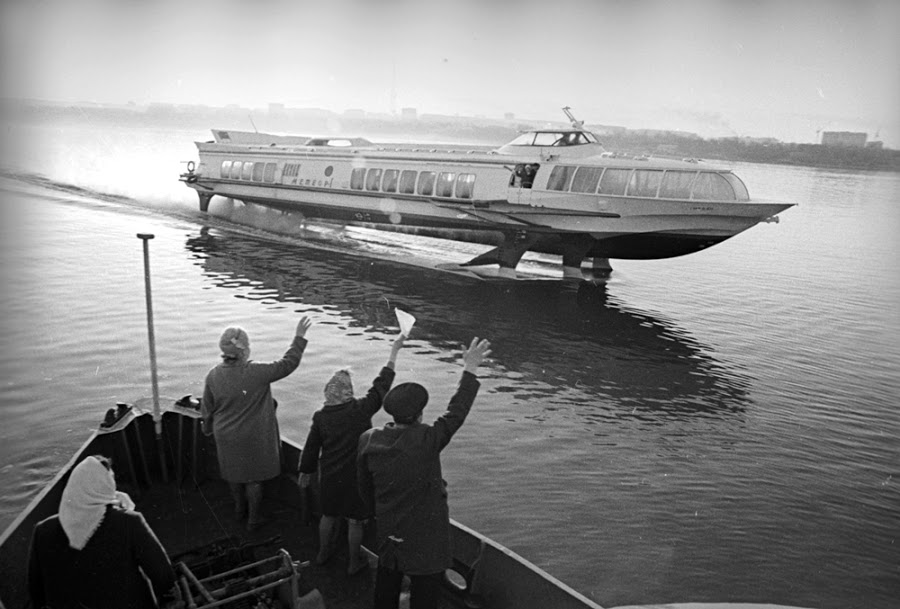
The streamlined Soviet passenger boats used a hydrofoil technology that lifted the boat’s hull out of the water, decreasing drag and allowing it to travel at incredible speeds of up to 150 km/hr.
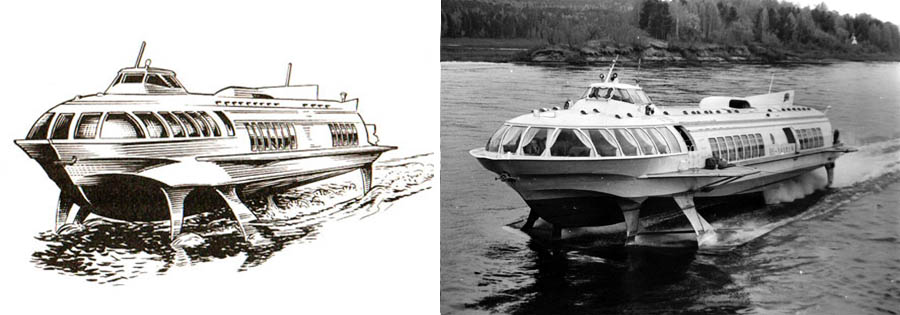
via Dark Roasted Blend
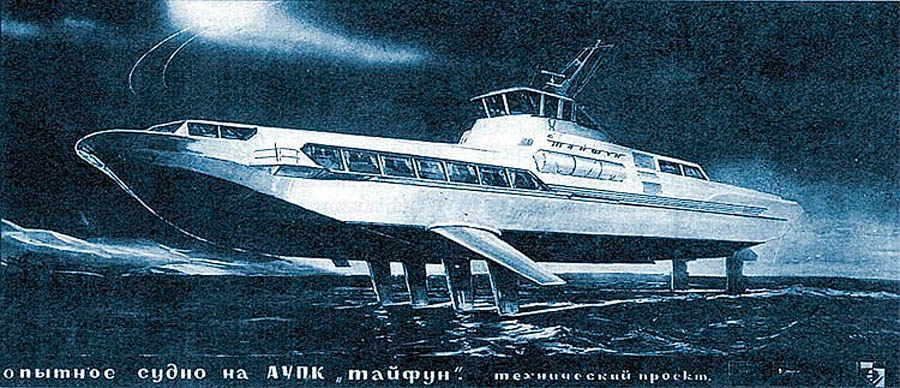
They were nicknamed Raketas (“Rockets”) and some models were even fitted with airplane turbine engines on each side.
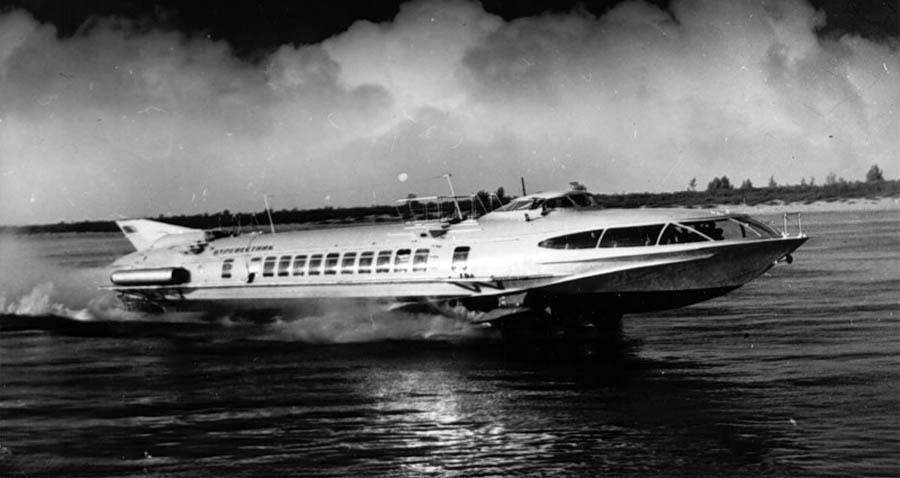
Soviet inventor Rostislav Alexeyev was considered the ‘father’ of modern hydrofoil and nearly 3,000 vessels were built for Russian and Ukranian waterways. Over the years, many different models were introduced with names inspired by the Soviet space age, like “Sputnik”, “Comet”, “Meteor” and “Stormbringer”.

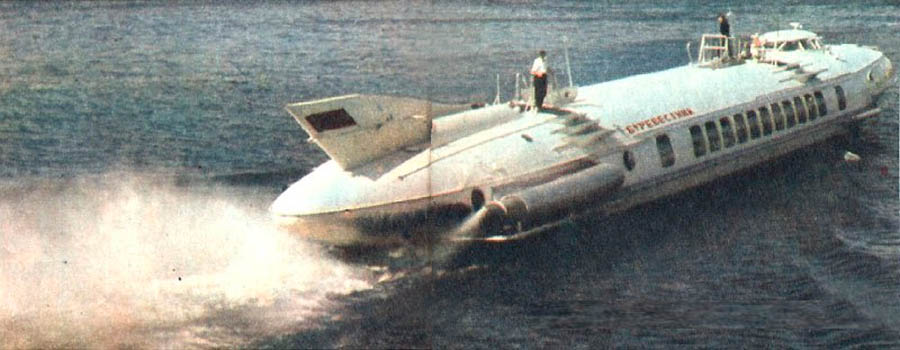
But then came the economic collapse of the Soviet Union and production of the hydrofoils ceased. Vessels were decommissioned, sent to rust away in ship graveyards, like this one in a forest near the city of Perm ↓

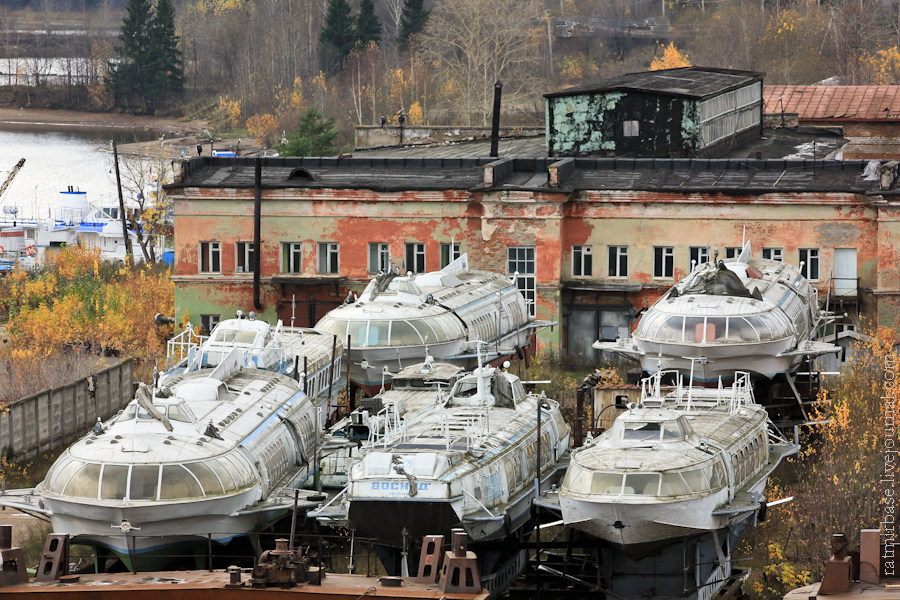
(c) Ratmir Base
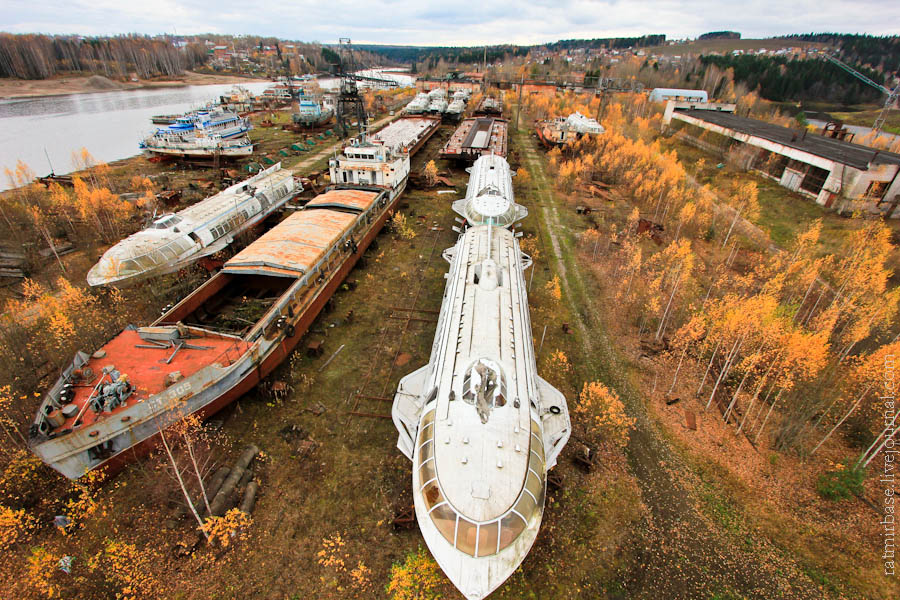
(c) Ratmir Base
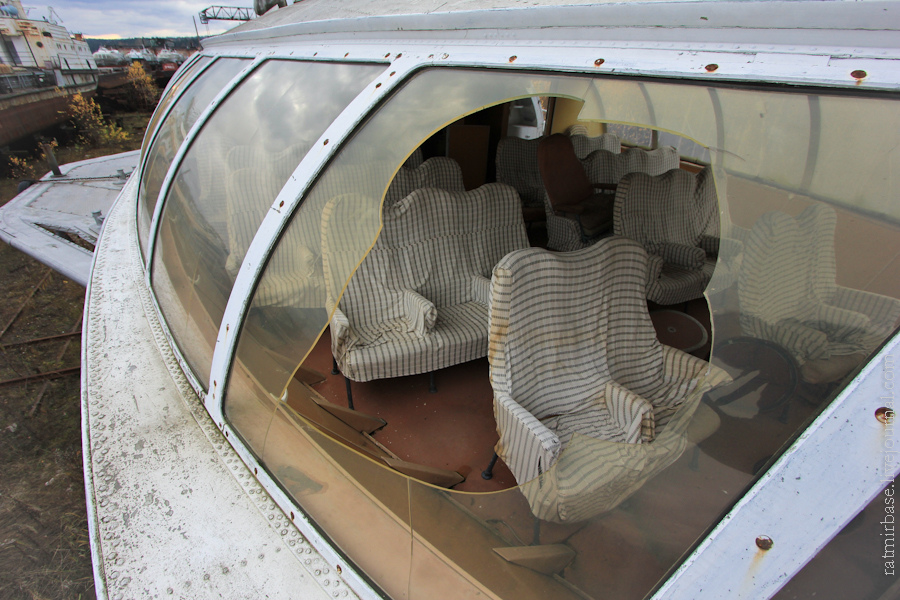
(c) Ratmir Base
Others found their way out of the Soviet Union as far as Vietnam, where the 1970s Voshkod hydrofoil boats are still in service, operating a daily route between the Cat Ba island and the city of Hai Phong.
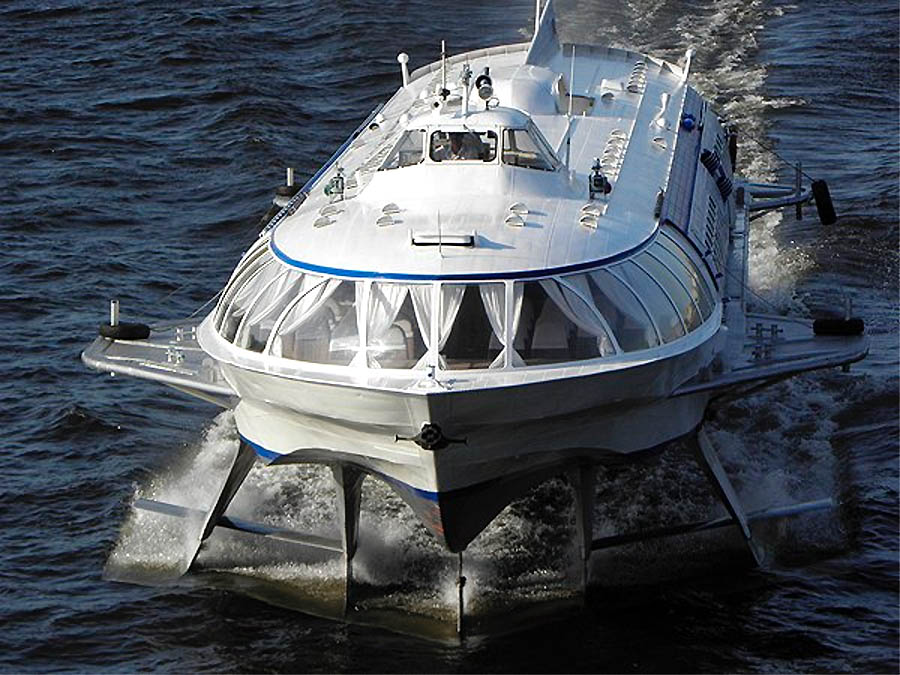
You can find others still gliding down rivers in Canada, Greece, Yugoslavia, Netherlands, Thailand and Turkey. Here’s one in China…
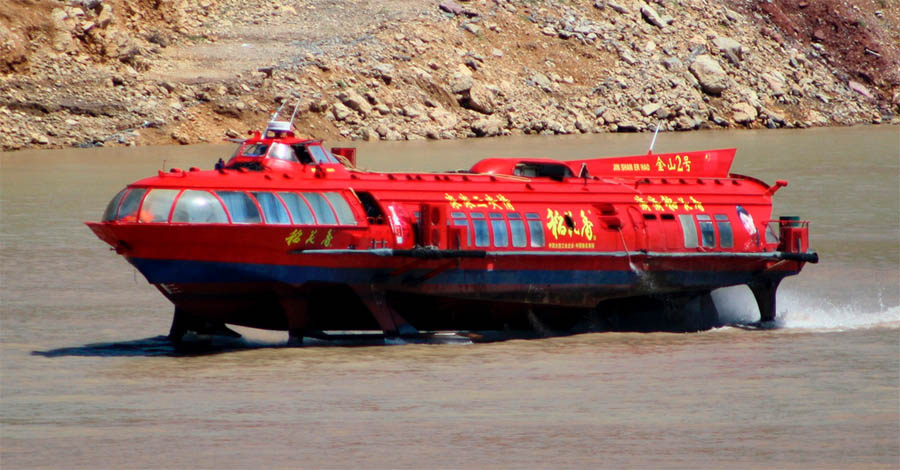
For many Russians, the hydrofoils are a fond childhood memory from the golden age of Soviet innovation. One wealthy Russian even converted one into a luxury yacht…
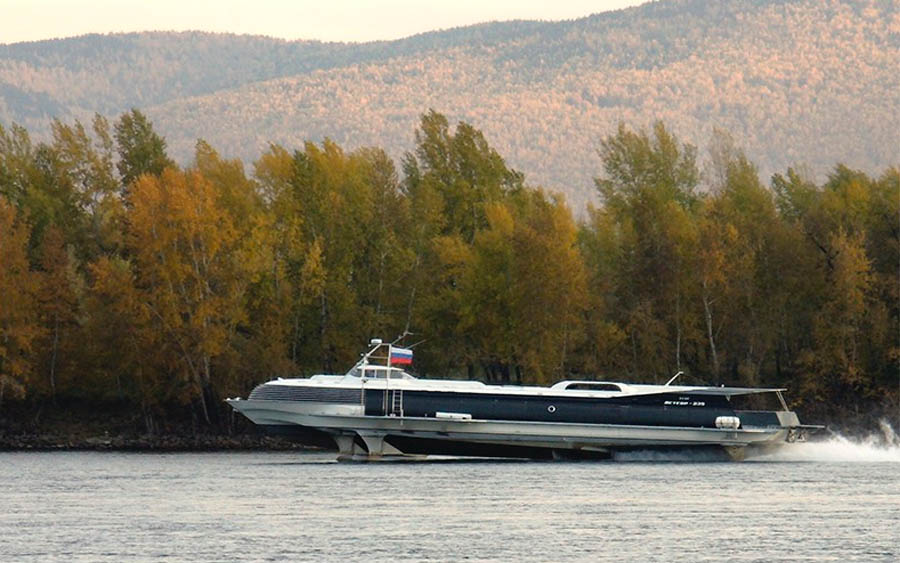
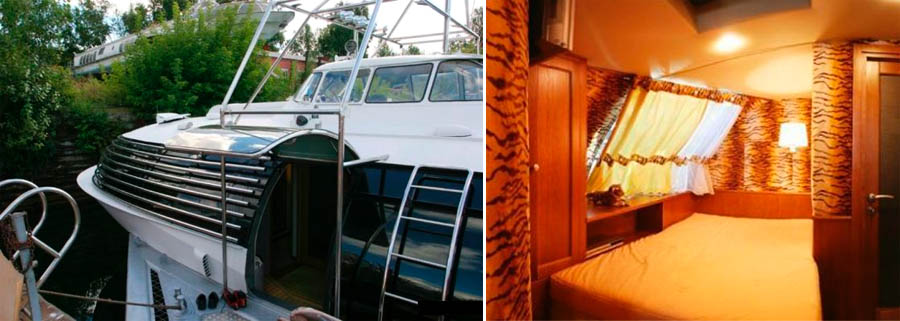
via Dark Roasted Blend

This one found a less glamorous fate as a bar inside of what looks like a housing estate in Ukraine ↓
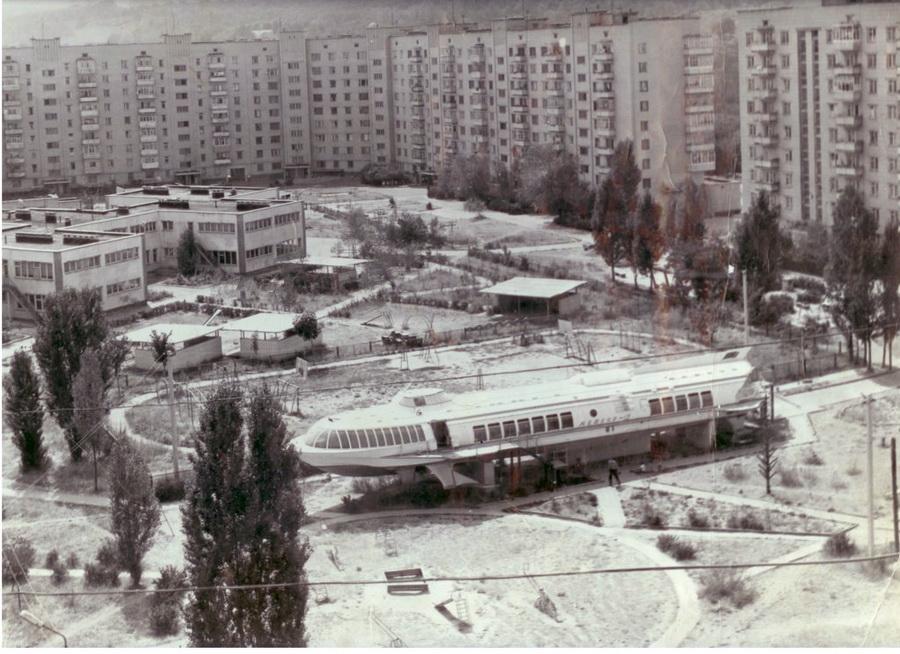
via Dark Roasted Blend
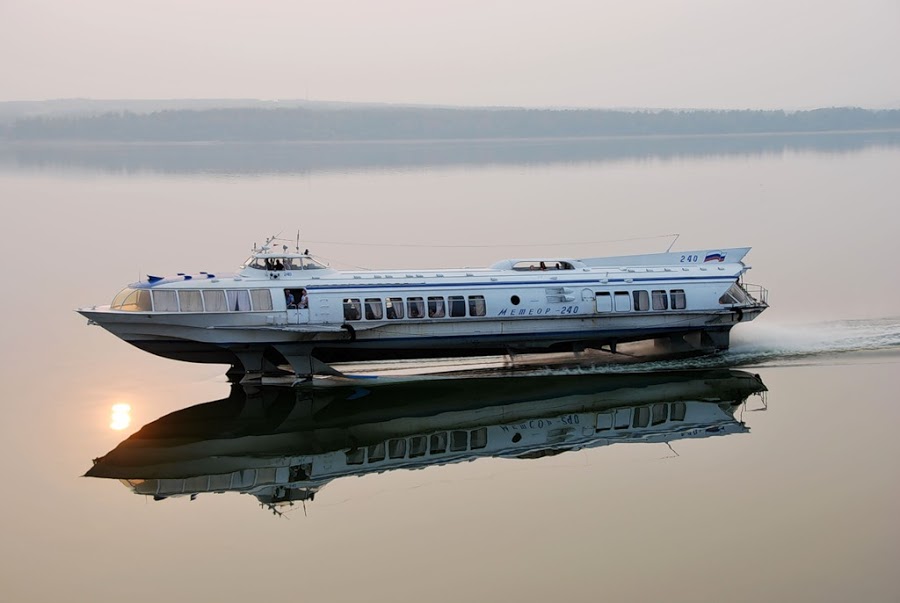
I hope you enjoyed geeking out on these as much as I did. And since we’re on the topic of Soviet behemoths, check these out…
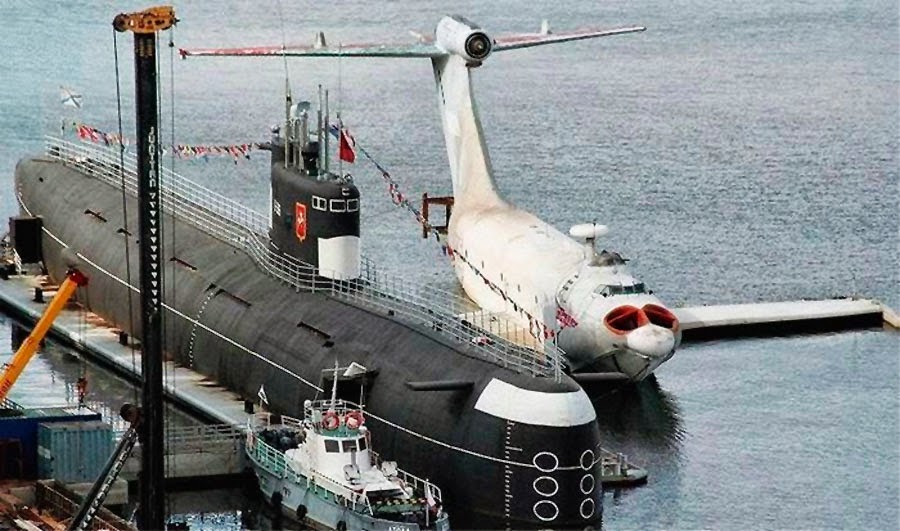
Above: Ekranoplan “Alekseyev A-90 Orlyonok”/ Below: Proposed passenger & cargo shop from”TM” magazine, Russia, 1974
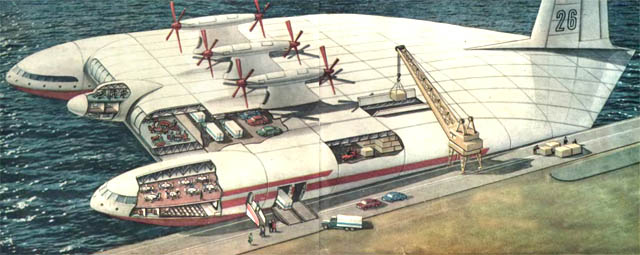
You can find more bizarre bygone maritime inventions over on Dark Roasted Blend.



